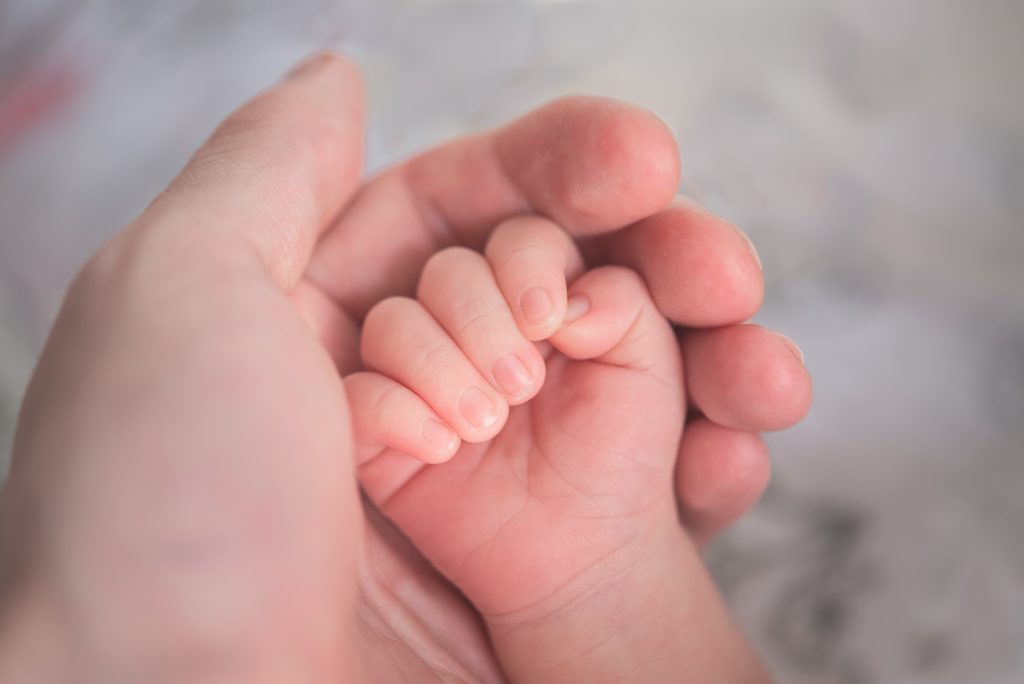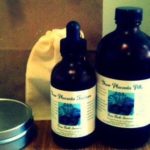All about placenta encapsulation

I felt like I was going to have a panic attack the other day when I realized the last of my placenta capsules was gone, at a time when I really could have used them! It’s my busiest season at work, which means really long hours and being glued to my iPhone the rest of the time.
If you’re anything like me then your initial thought is probably something like: placenta capsules? That sounds really gross! But in the same way that breast milk is like liquid gold (which takes crying over spilt milk to a whole new level), this is something all Moms should know about. And like other Mothers I personally know who have taken placenta capsules, I rationed them, because you quickly realize when these miracle vitamins are gone, they’re gone for good!
Benefits of placenta encapsulation
Traditionally placenta capsules have been used to help balance hormones, enhance milk supply and increase energy levels after delivery. They are rich in iron, amino acids, essential fats and other important nutrients as well as your own hormones. Placenta capsules also may help:
- recover more quickly and bring your body back into balance postpartum
- prevent “baby blues” and postpartum depression
- shorten postpartum bleeding
- increase postpartum iron levels
- help your uterus to return to size, and
- increase breastmilk supply.

My experience, from one Mother to another
I first heard about placenta encapsulation late in my second pregnancy and figured I would get them just in case, even though I didn’t really know anyone else who had taken them. But I was already beat, with work, caring for a toddler and keeping a close eye on my husband who was recovering from cancer treatment. I had also experienced a short stint of baby blues after I had my first baby – the thought of experiencing that level of exhaustion again frightened me, not to mention postpartum depression.
I experienced a huge difference in my postpartum recovery after the birth of my second baby compared to the first even though my deliveries were very similar. In particular, I noticed a significant increase in energy, postpartum healing, emotional stability and mental acuteness (and my memory improved a lot). I’m not sure what else I would attribute this to since I exclusively was up with my second baby for feedings until she slept through the night at three months and should have been way more tired. Either way, I would do it again in a heartbeat.
Other resources
Unfortunately there is not a lot of scientific research on the benefits of placenta encapsulation. For more about it you could read this, this and this. Placenta ingestion seems to be becoming more common, including among celebrities, as discussed here and here.
Here are some tips to help get you started:
Always get a referral from your healthcare provider but do your own research too!
Many women I have spoken with about placenta encapsulation have said that their delivery doctors are comfortable with it, which was the case for me, but I still needed a referral from my naturopath. If you have a midwife or doula, she may also be able to assist as well.
I used Pure Birth Services, which provides services in Canada, the U.S. and Mexico, on the recommendation of my naturopath. I was very impressed with their compassionate nature and high level of professionalism and have since recommended them to others. Regardless of who you choose, you will probably want to inquire about the service provider’s credentials and experience in addition to the standards that are followed from a hygiene and health safety perspective (you may also want to make sure that they have enough staff to accommodate the placenta’s they receive on any given day).
Ask how the process works
For me the process was simple and went even more smoothly than saving cord blood. The nurses at the hospital placed the placenta in a plastic biohazard bag on ice in a small lunch container I brought with me and voila, it was ready for pick up. All my husband had to do was call the service provider to come and get it – and they called me directly to arrange a time for drop off a day or two later.
Find out about the cost and the products available to you
I paid approximately $200, which included pick up of the placenta from the hospital and drop off of the capsules, etc., when ready. Depending on the service provider and type of preparation, your placenta could yield about 150 capsules in addition to a number of other helpful products (steamed or boiled with certain herbs and oils, etc.). I’ve listed a few possibilities below but make sure to ask your service provider and healthcare practitioner for instructions for using the products you receive.
- Placenta creams or salves – helps with dry skin, eczema, diaper rash and sore nipples, etc.
- Placenta tinctures – medicinal extracts could be used for years for things like stress, illness, PMS and menopause, and could also be used for your baby to help with teething, colic, growing pains and stress, etc.
- Placenta broths – note that the broth has a very distinct flavor (much more so than the placenta encapsulations), and it tends to be easier to use if you freeze the broth in ice cube trays first rather than one large chunk.
You could also get keepsakes like your baby’s umbilical cord dried in a coil and placed in a special bag or preserved in glass, or even have a piece of art made!
Previous Post
Next Post
Sleep is so important but the optimal amount is different for each family member.
It depends on age and other factors.
Find out the healthy sleep ranges by age, for you and your growing family.
Starting with babies (newborn to one year),
toddlers, preschoolers, school aged
children, teens and adults.
Guide to optimal family sleep (daytime naps & at night)
FREE download
Be the first to know about special
offers and resources
for our community only.
Don't miss out!
Become a Calm Parent Insider
FREE gifts & resources
CALMMOTHER LIMITED © 2023 | ALL RIGHTS RESERVED
terms | privacy | contact
Simplifying life for parents so you can focus on what matters most to you.
Live your best life with kids!
+ Show / Hide Comments
Share to: